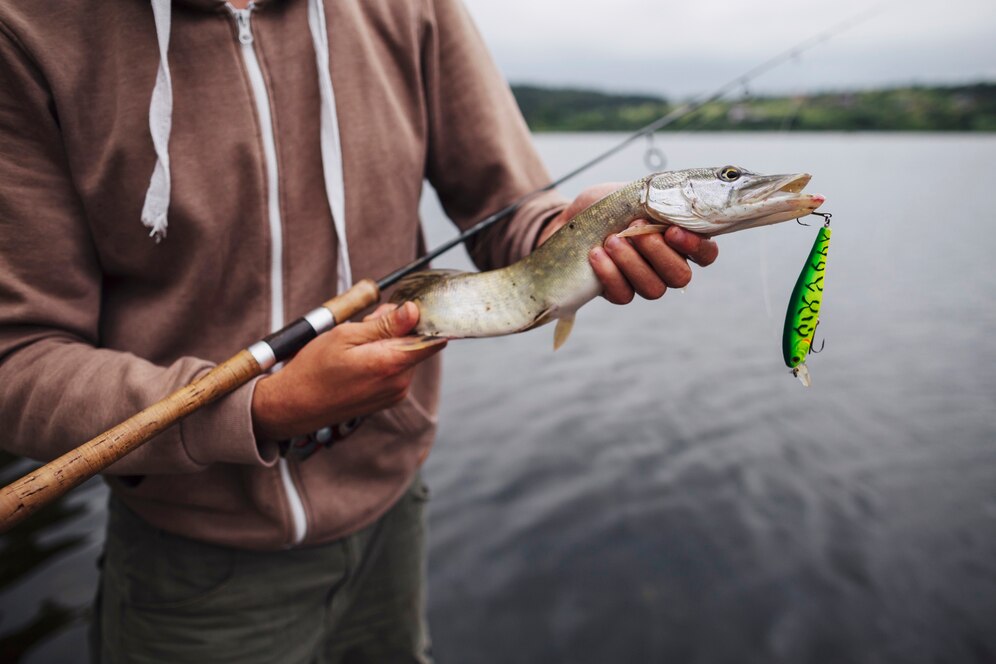Namibia’s fishing industry plays a significant role in the country’s economy, and obtaining fishing quotas is an essential step for individuals and businesses looking to participate in this sector. The process of applying for fishing quotas in Namibia involves specific requirements and procedures that need to be followed. In this article, we will provide a comprehensive guide on how to apply for fishing quotas in Namibia.
Step 1: Understand the Fishing Quota System:
Before applying for fishing quotas, it is crucial to understand the fishing quota system in Namibia. The Namibian fishing industry operates under a quota-based system, where certain fish species are allocated specific quotas for sustainable management. Familiarize yourself with the relevant legislation and regulations governing fishing quotas in Namibia, such as the Marine Resources Act.
Step 2: Identify the Target Species:
Determine the specific fish species for which you want to apply for fishing quotas. Namibia’s fishing quotas cover various species, including hake, horse mackerel, and others. Research and assess the market demand, sustainability, and economic viability of the species you intend to target.
Step 3: Establish a Legal Entity:
To apply for fishing quotas, you need to establish a legal entity registered in Namibia. This can be a company, partnership, or cooperative. Ensure that your legal entity complies with the requirements of the Companies Act or other relevant legislation.
Step 4: Prepare the Application:
Gather the necessary information and documentation to prepare your fishing quota application. The application will typically require the following:
Completed application form (obtained from the Ministry of Fisheries and Marine Resources or relevant authority)
Company registration documents
Identification documents of directors or partners
Proof of financial capability, such as bank statements or audited financial statements
Detailed business plan, including operational and marketing strategies, vessel information (if applicable), and processing facilities (if applicable)
Environmental impact assessment report (if required)
Any additional supporting documents specified by the Ministry of Fisheries and Marine Resources
Step 5: Submit the Application:
Submit your completed application and supporting documents to the Ministry of Fisheries and Marine Resources or the designated authority responsible for fishing quotas. Ensure that all required information is provided accurately and that the documents are complete. Incomplete applications may result in delays or rejection.
Step 6: Application Evaluation:
The Ministry of Fisheries and Marine Resources will evaluate your application based on several criteria, including the sustainability of the target species, financial stability, processing capacity (if applicable), and compliance with fisheries regulations. The evaluation process may involve site visits, interviews, and consultations with relevant stakeholders.
Step 7: Decision and Quota Allocation:
After the evaluation process is complete, the Ministry of Fisheries and Marine Resources will make a decision on your application. If approved, you will be allocated fishing quotas for the specified species. The allocated quotas may vary based on various factors, including the availability of quotas and the assessment of your application.
Step 8: Compliance and Reporting:
Once you have been allocated fishing quotas, it is essential to comply with all regulations and conditions set by the Ministry of Fisheries and Marine Resources. This includes adhering to fishing seasons, catch limits, reporting requirements, and any specific regulations related to the allocated quotas. Maintain accurate records and submit the required reports as per the prescribed timelines.
Step 9: Renewal and Additional Quotas:
Fishing quotas in Namibia are typically issued for a specific duration, often on an annual basis. It is your responsibility to renew your quotas before they expire. Additionally, if you wish to apply for additional quotas or expand your fishing operations, you may need to follow a separate application process outlined by the Ministry of Fisheries and Marine Resources.
Applying for fishing quotas in Namibia requires a thorough understanding of the fishing quota system and adherence to the regulatory framework. By following this comprehensive guide, you can navigate the application process with greater confidence. Remember to stay informed about any updates or changes in the regulations, maintain compliance with the conditions of your quotas, and contribute to the sustainable management of Namibia’s valuable marine resources.
